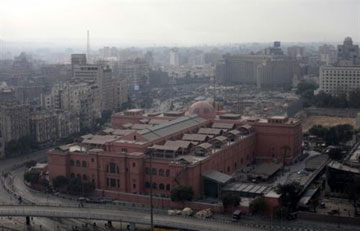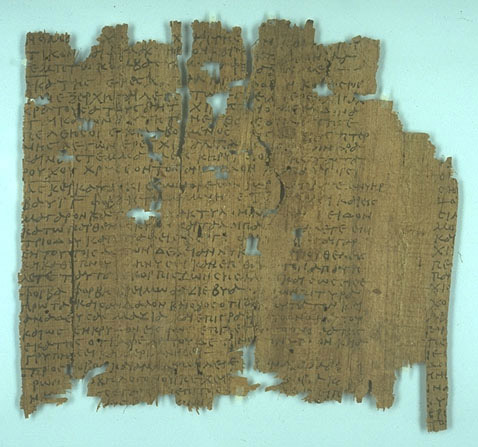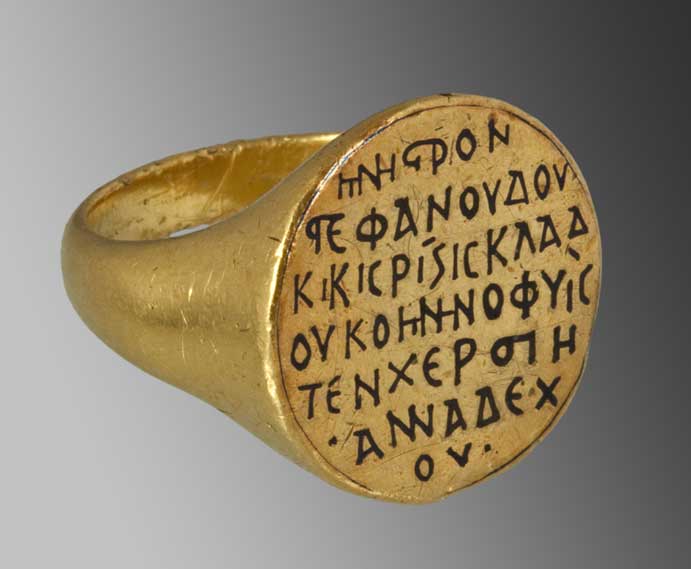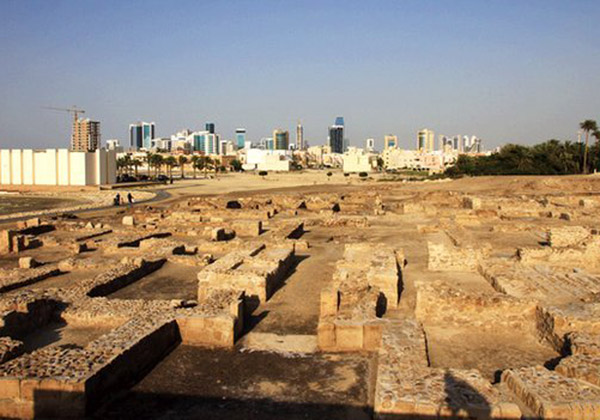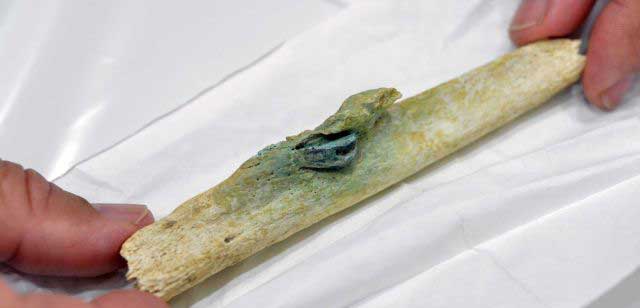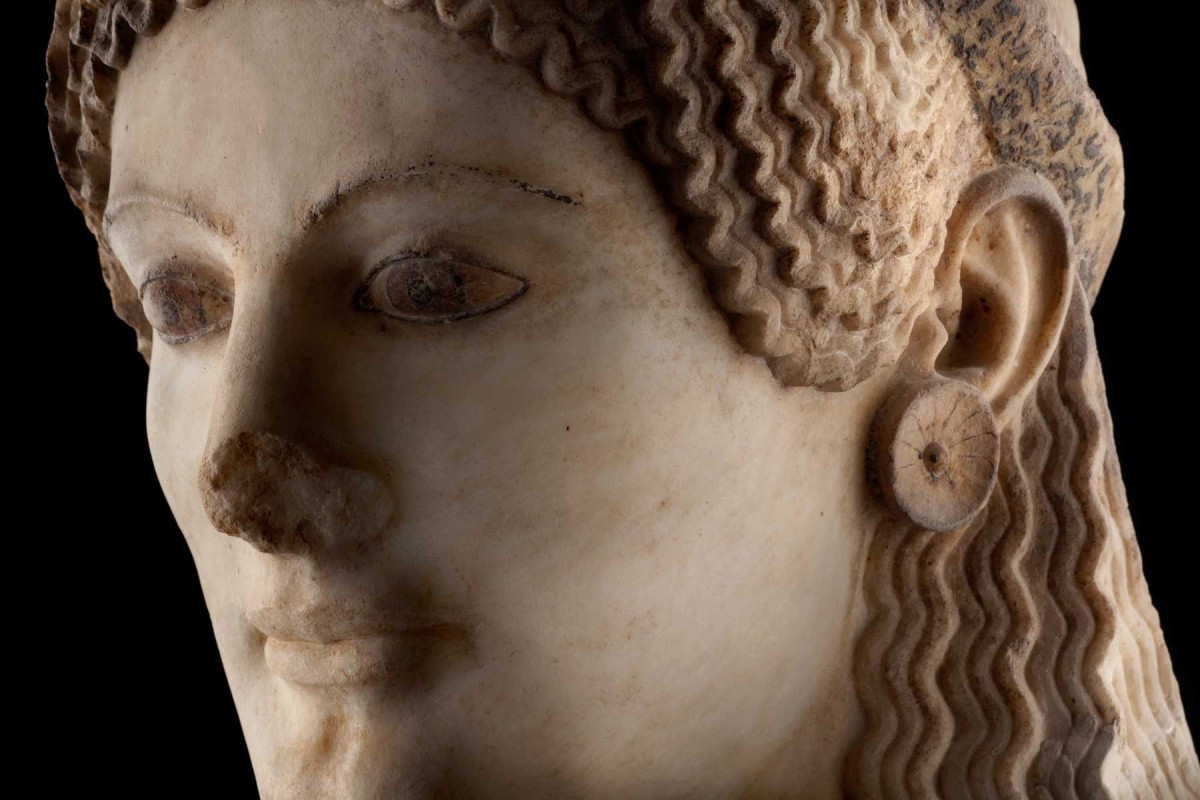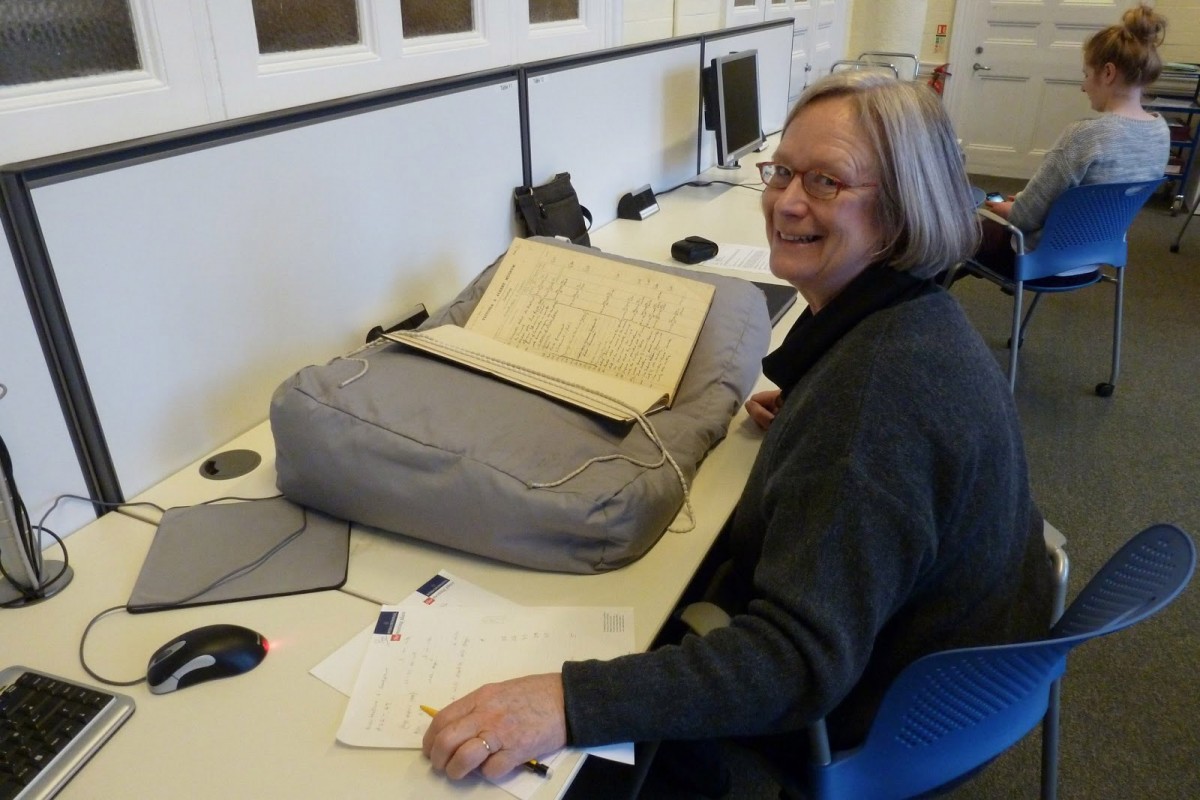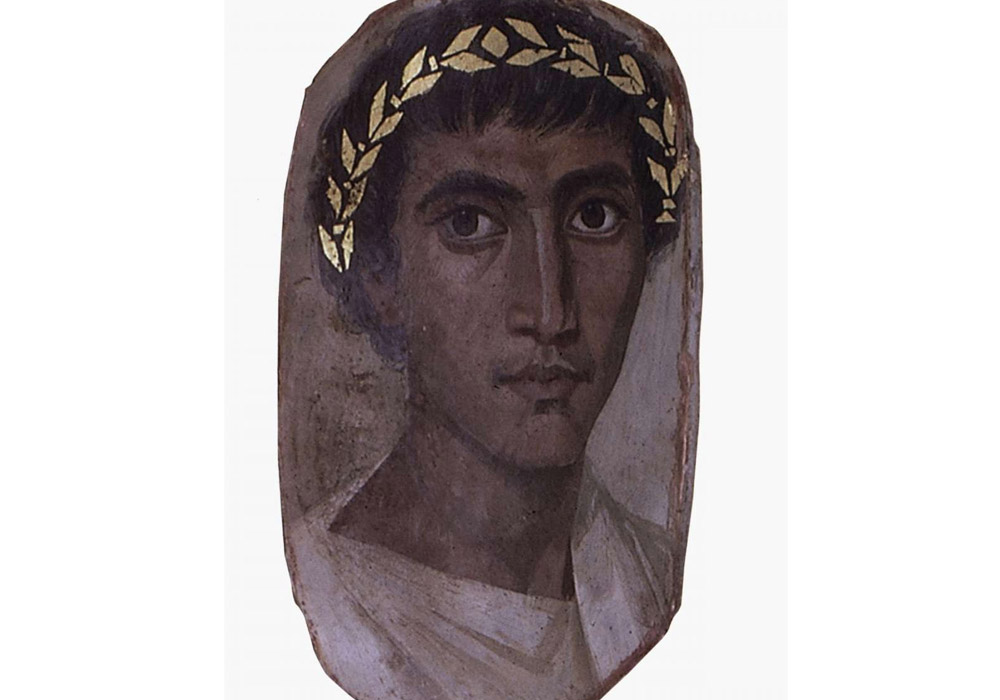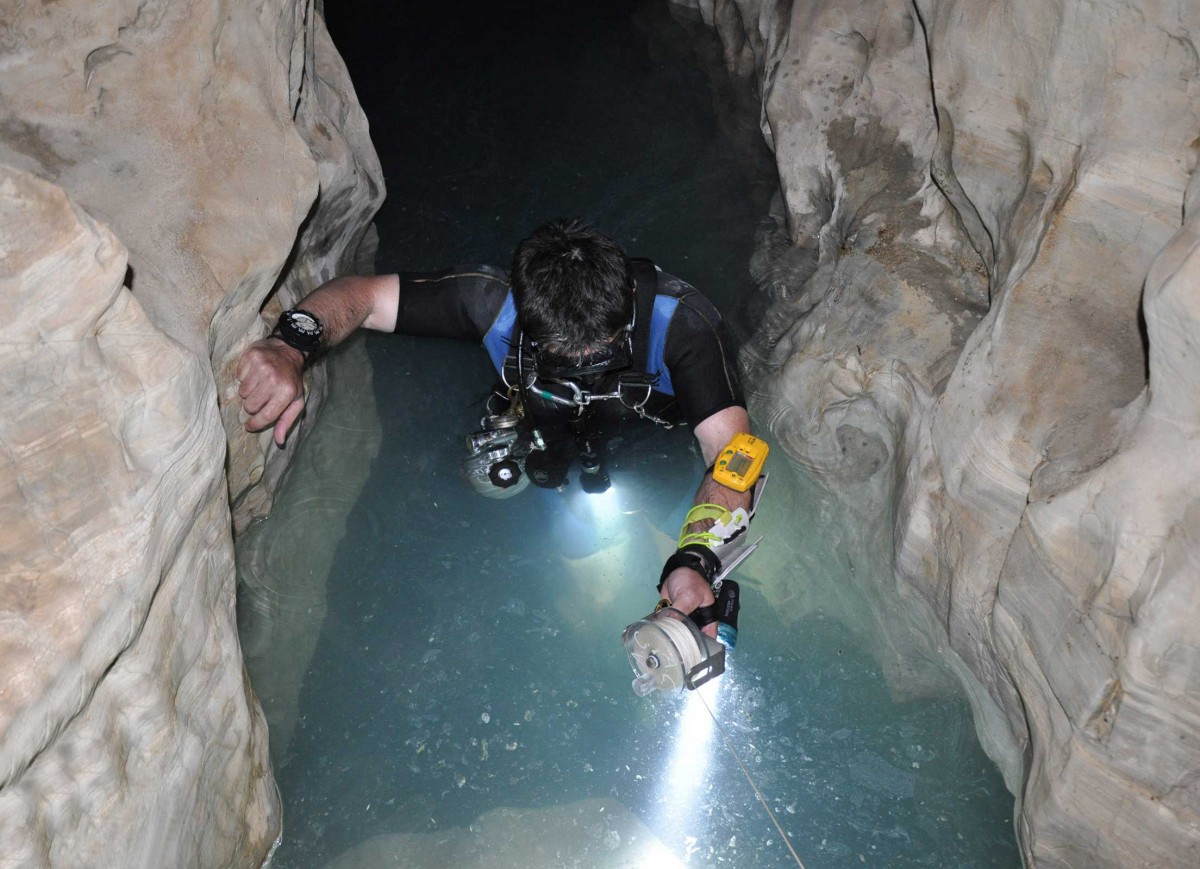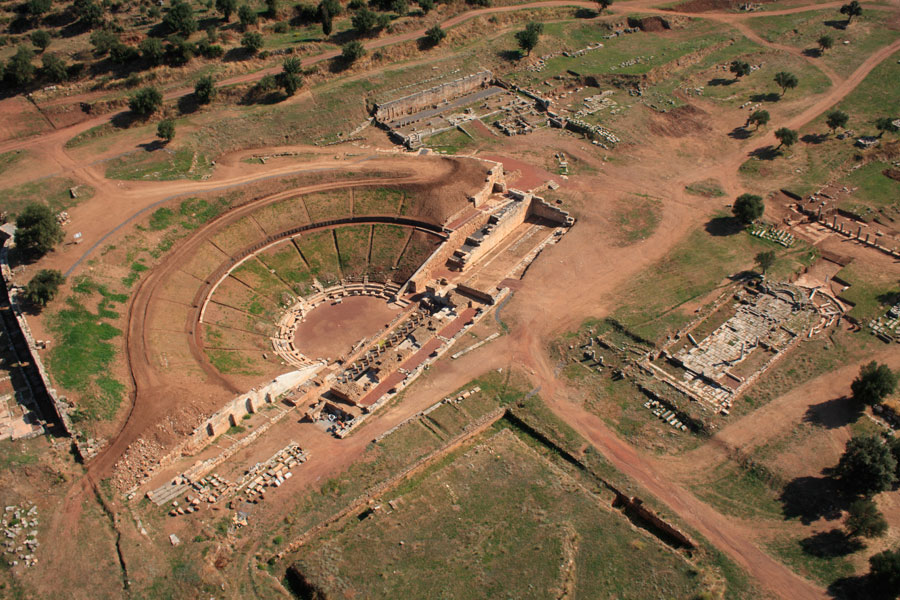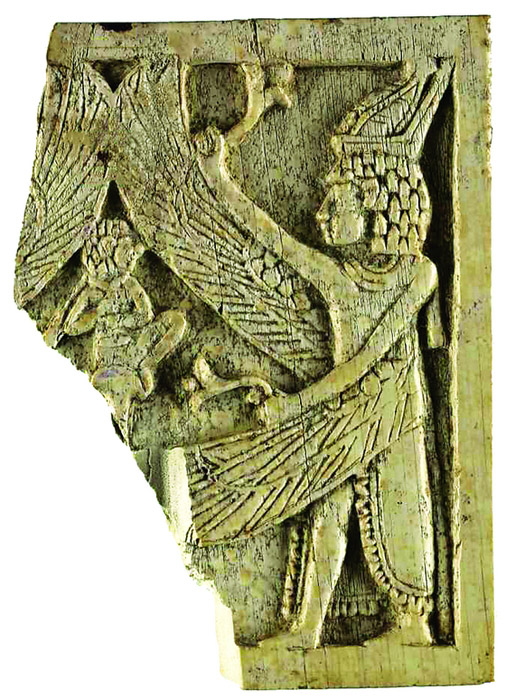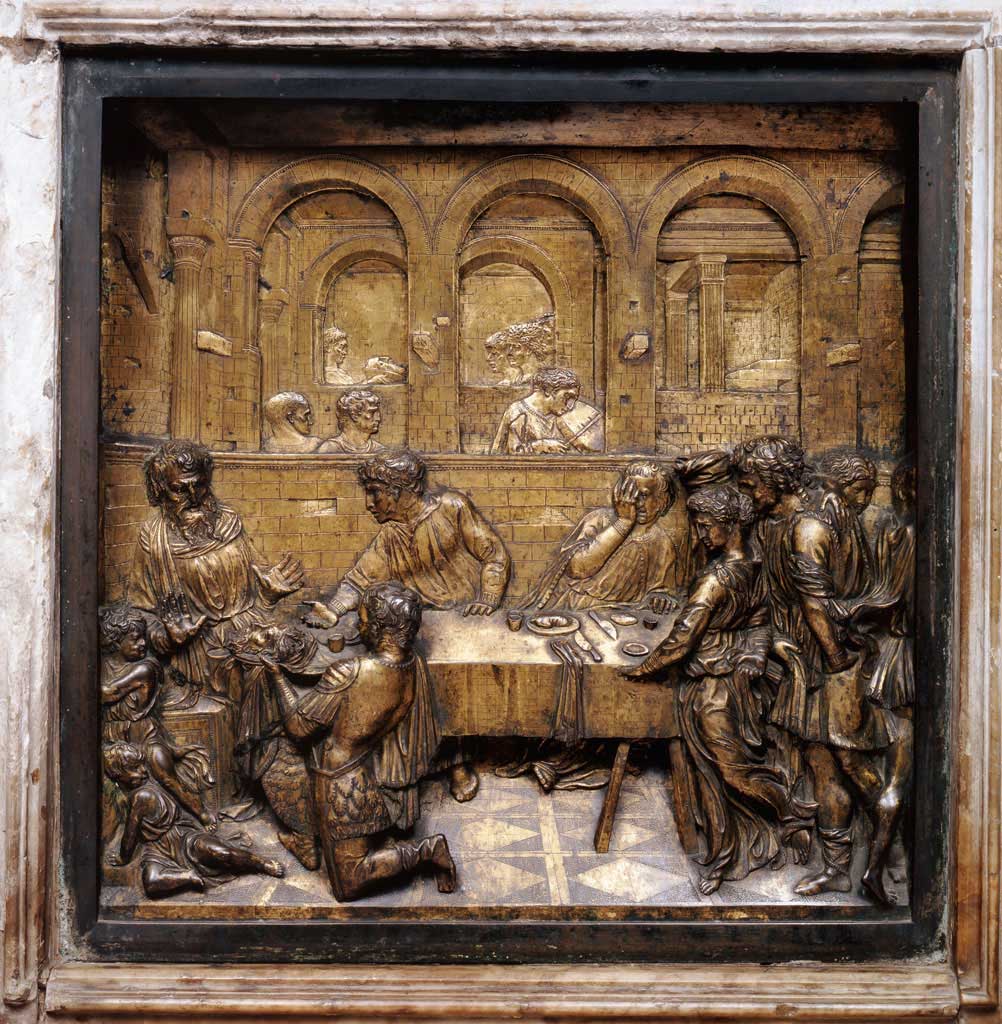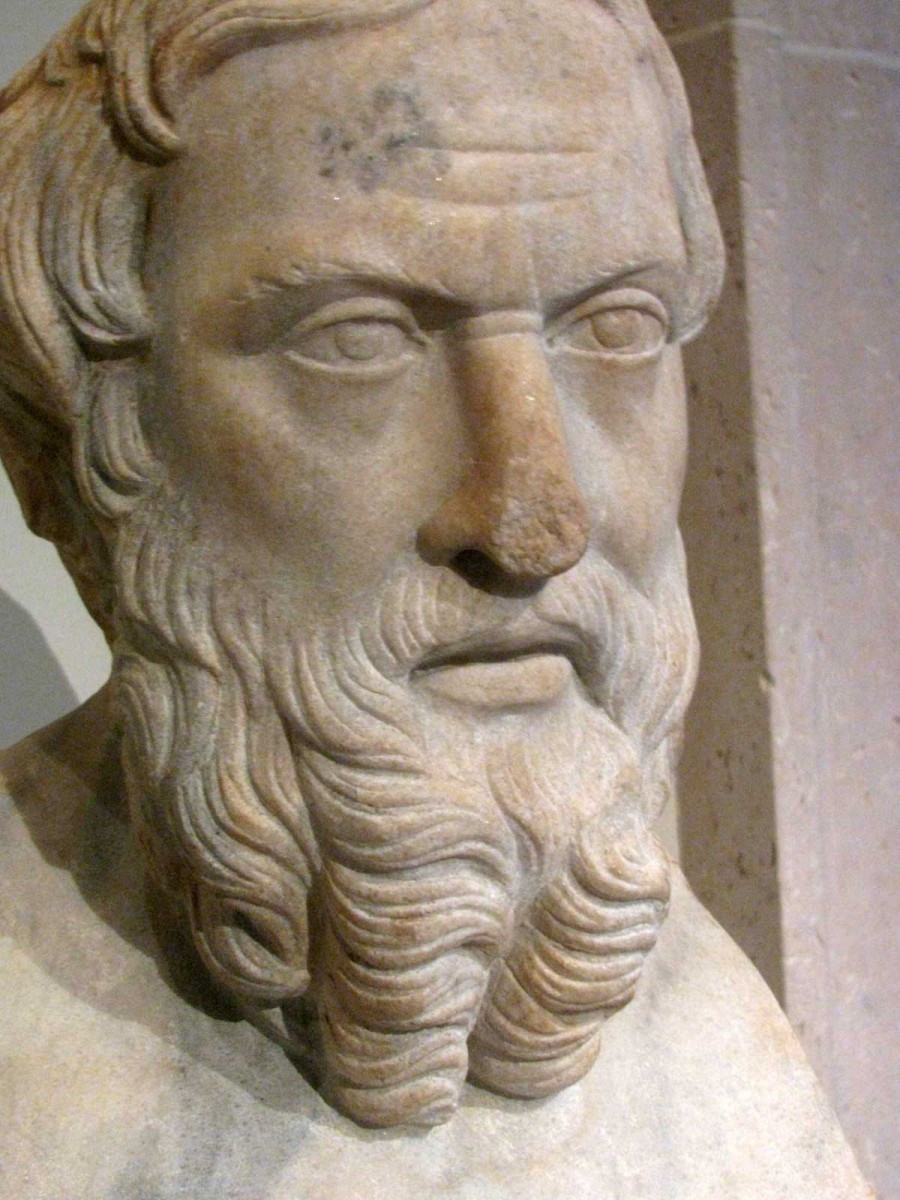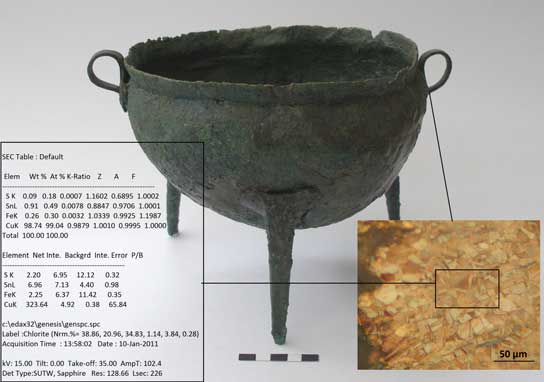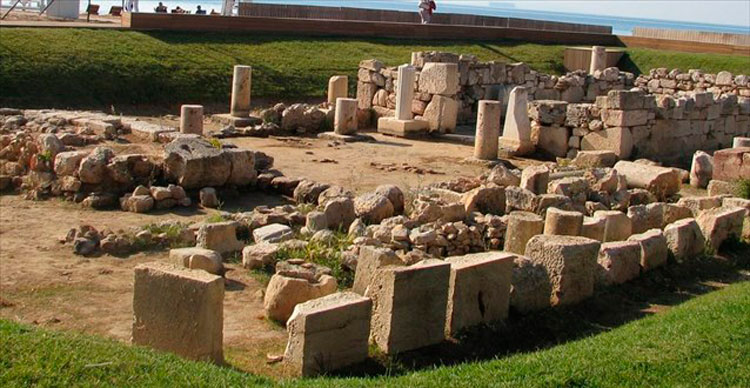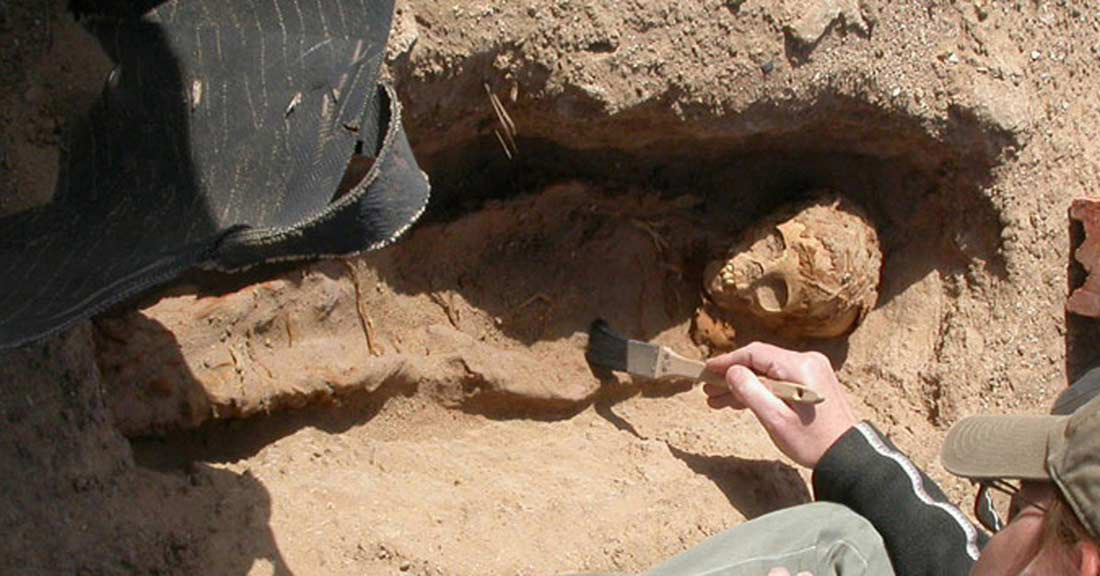Caravaggio’s famous painting goes to Croatia
Croatia is to be given Caravaggio’s “Supper at Emmaus” (1606) by Italy as a welcome present into the EU. The baroque masterpiece will be presented at Zagreb’s Museum for Arts and Crafts in June.
Man’s best and earliest friend
Dog burials from Simeria indicate that dogs were faced nearly as humans while the affection of humans to dogs was not essentially related to hunting.
The Plagues of the Cairo Museum
Ancient Egyptian artefacts deteriorate in Cairo’s central museum due to poor conditions, lack of resources; experts advise Egyptians to protect antiquities before damage is irreparable.
Greco-Egyptian Magical Hymns: prayers of the Hellenistic Syncretism
A paper aiming to give them a position in the history of Greek (Mediterranean) religion, as a late manifestation of the liturgical-poetic genre of Hymnography, the most sublime of the offerings to the gods in every Mediterranean religion.
Art of Medieval Serbia
The exhibition "Art of Medieval Serbia", organized by the Byzantine and Christian Museum in collaboration with National Museum in Belgrade, opens on May 27th, 2013.
Discovering Dilmun
Excavations at an archaeological site in Bahrain are shedding light on one of the oldest trading civilisations.
Greek Warrior X-rayed on Long Island
It took less than 10 seconds to reveal the truth about the wounded warrior and confirm an Adelphi University archaeologist hypothesis.
Return to Samarra
In 2013, BISI funded a pilot project to research, catalogue, photograph and conserve the V&A’s collections of material excavated by Ernst Herzfeld at Samarra in 1911-1913.
Curatorial position at the British Museum
This role will assist in the development of a temporary exhibition on Egypt of the first millennium AD, documentation and management of parts of the collection and be expected to undertake research on aspects of ancient Egyptian material culture.
Images of magical moments
The Benaki Museum in honor of the great photographer Constantine Manos presents an exhibition-tribute to his multi-awarded A Greek Portfolio.
New amphipod species discovered in Melissotrypa Cave
A new amphipod species was discovered in the Melissotrypa Cave near Elassona after two years of research conducted by scientists of the Natural History Museum – Volos in cooperation with the scientific centre of Biogeology of the University of Göttingen
The ancient theatre of Messene re-opens
After 1,700 years of neglect and silence, the ancient theatre of Messene re-opens its doors for the public, this summer.
Archaeology’s Hidden Secrets
Phoenician ivory sculptures were originally painted with colorful pigments, and some were decorated with gold.
2013 Egyptological Congress postponed
The unsettling situation currently affecting culture and archaeology in Egypt probably explains the small number of registrations which results in postponing the event once more..
The Springtime of the Renaissance
The exhibition sets out to challenge received notions about the birth of the Italian Renaissance.
Knowing Future Time in and through Greek Historiography
This conference seeks to discuss the philosophical, narrative, ethical and political articulations of future time in Greek historiography and reflect on the repercussions of this category in modern genealogies of historical thought.
What joins Jews and Muslims?
A new study of wooden beams from the Al Aqsa Mosque indicates that many of them had been primarily used in the iconic Jewish temples of the past.
Met’s Old Masters galleries reopen
The New European Paintings Galleries, 1250-1800 open on May 23, 2013.
Bronze technology and social transformation during the Mycenaean period
The 7th meeting of the Mycenaean Seminar will be on Wednesday, 22nd May.
Declaration of archaeological site in Vouliagmeni
The Central Archaeological Council has declared the "laimos" and "Megalo Kavouri" an archaeological site, as concerns were expressed about the fate of the monuments located in the area, since the Astir Palace hotel is on sale.
Summer Sex, Spring Babies
The peak period for baby-making sex in ancient Egypt was in July and August, when the weather was at its hottest.
Mayan pyramid destroyed by construction company
A construction company has destroyed a 2,000-year-old Maya temple in Northern Beliz.


